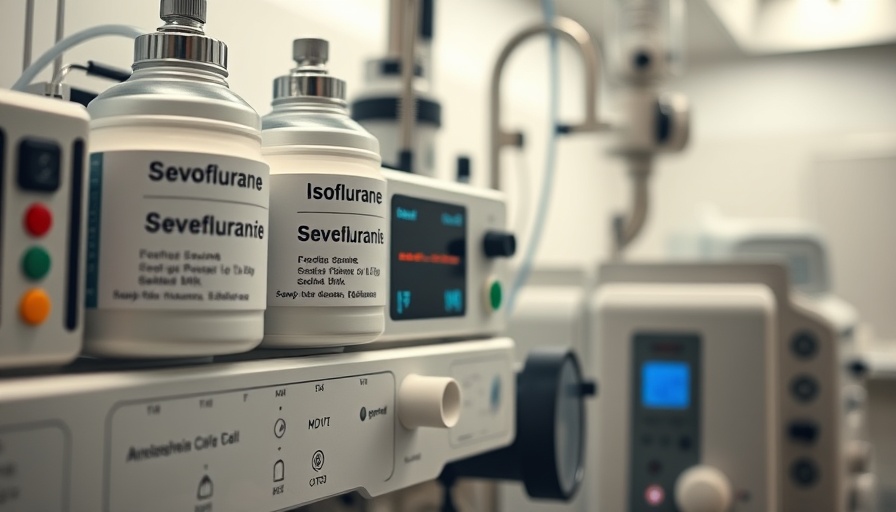
The Shift in Pediatric Anesthesia: EEG’s Role in Reducing Delirium
In a remarkable advancement for pediatric medicine, a recent study highlights the benefits of electroencephalography-guided (EEG) anesthesia in reducing pediatric anesthesia emergence delirium (PAED) among young children undergoing surgery. This clinical trial, conducted with 177 children aged 1 to 5 years at a specialized pediatric hospital in Japan, found that those receiving EEG-guided care had significantly lower rates of PAED—21% compared to 35% in the traditional care group.
This key finding is crucial. PAED can manifest through concerning behaviors such as unawareness of surroundings, restlessness, and even inconsolability, posing risks for accidental injury or removal of medical devices. Understanding the mechanisms behind this delirium is essential for improving post-surgical care and patient safety.
Importance of Reducing Emergence Delirium in Young Patients
Delirium post-surgery can have serious implications for children, particularly those who are already vulnerable due to underlying health conditions. Dr. Yasuko Nagasaka, the lead researcher, noted that while the reduction in PAED was marginal relative to the anesthesia exposure, it still represents a step towards safer anesthesia practices that prioritize patient well-being.
Pediatric Anesthesia: A New Paradigm in Patient Care
The editorial accompanying the study emphasizes a shift in the philosophy of pediatric anesthesia—from population-based dosing to a more individualized, patient-precision approach. Dr. C. Dean Kurth and colleagues argue that this technique, which relies heavily on processed EEG data, allows anesthesiologists to tailor anesthetic doses more closely to individual patient needs, ultimately improving outcomes not just for healthy patients but also for those who are medically complex.
More specifically, the application of EEG monitoring could lead to the necessary conclusion that unhealthy children often require lesser doses for similar anesthetic effects, as evidenced by their EEG readings.
Future Directions for EEG-Guided Anesthesia
Looking ahead, the potential for EEG-guided anesthesia to transform pediatric anesthesiology practice appears promising. Doctors expect this technique to make waves by improving patient recovery times, enhancing safety protocols, and ultimately establishing a new standard of care that responds to the unique medical histories of young patients.
Health Equity and Understanding Parental Concerns
There remains a complex environment of parental concern when it comes to pediatric anesthesia. Even though current studies express no clinically meaningful neurotoxic effects from general anesthesia, many parents are understandably hesitant to expose their children to greater doses of anesthetic agents. Addressing these fears in both practice and communication is critical.
Health equity, a rising concern in pediatric care, demands that these innovative techniques be accessible across diverse populations, ensuring that children everywhere can benefit from the latest medical technology.
Implications for Healthcare Providers
For healthcare providers, the results of this study underscore the importance of continuing education and staying abreast of clinical research that can inform practice in anesthesiology and beyond. Integrating new technologies, such as EEG monitoring in anesthesia, not only improves patient outcomes but also enhances provider confidence in delivering the best possible care.
Staying informed through clinical research updates and engaging in provider spotlight discussions can further enhance understanding and application of these findings in everyday clinical settings.
Call to Action: Embrace Innovative Practices
As this significant research paves the way for a new era in pediatric anesthesia, healthcare professionals are encouraged to explore EEG-guided anesthesia initiatives and understand their applicability in their own practices. Engaging in continued medical education, attending relevant conferences, and discussing with peers can foster an environment of learning and growth.
 Add Row
Add Row  Add
Add 




 Add Row
Add Row  Add
Add 

Write A Comment